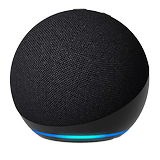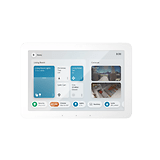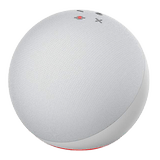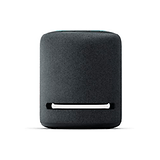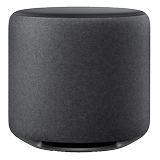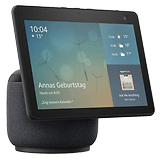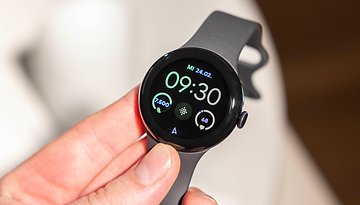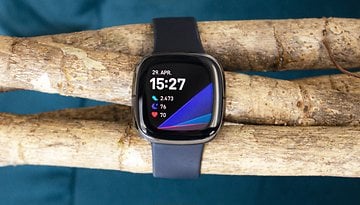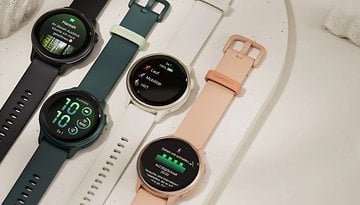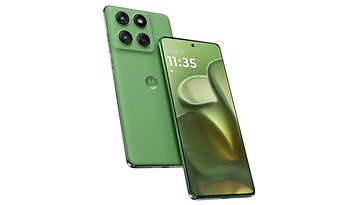More Man than Machine: Ray-Ban's Skyler Smart Meta-Glasses
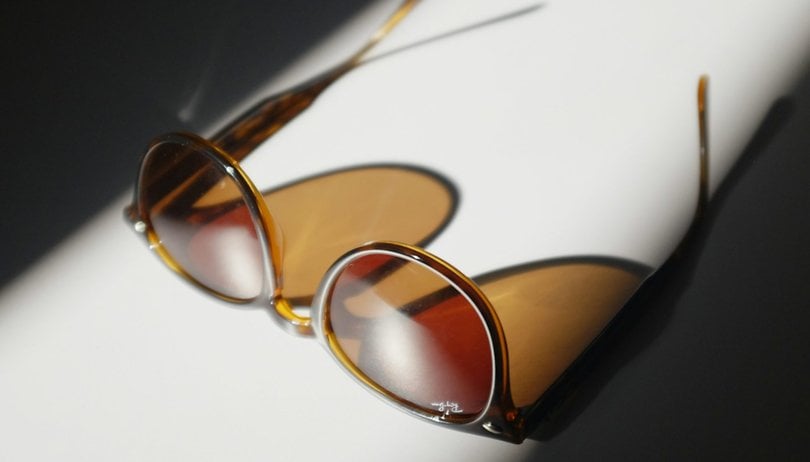

Smart glasses are no longer a dream of the future. They are now a reality, and they are developing at a rapid pace. This is demonstrated not least by the impressive 210% growth rate in global shipments in 2024, according to the Global Smart Glasses Model Shipments Tracker from Counterpoint Research. The driver of this development? The Ray-Ban Meta has now undergone an extensive update with the Skyler model. For tech-savvy users, the question is no longer whether such wearables are relevant, but how deeply they can be integrated into everyday life.
Form Meets Function: Design with a System
The Skyler model remains visually true to its design line: cat-eye shape, different colors, sun or corrective lenses, and even self-tinting. There are many configurations to it, but beneath the elegant surface is a system that offers far more than just a smart camera.
Until now, the focus has been on functions such as taking photos and videos, making calls via Bluetooth, and playing music. An LED indicates it is recording something, at least under optimal lighting conditions. What sounds simple on paper translates to the following in reality: completely hands-free interaction with content, media, and communication.
The Meta AI layer: Context Becomes Function
With the latest software update, Meta has significantly expanded the functionality of the Skyler glasses. The new "Ask What You See" function is particularly relevant. It enables a contextual query of what is within the field of vision, in real time, supported by Meta AI.
Whether product information, text recognition, or the analysis of a landscape, the smart glasses provide direct answers via voice interaction. This turns the interface of the glasses into a context-sensitive assistance system. Combined with the globally rolled out live translation function between English and French, Italian, or Spanish, the Skyler also becomes a tool for spontaneous, multilingual communication without having to switch apps or smartphones.
Conversational AI: The Next Step towards Symbiosis
Another step towards natural interaction is the planned addition of video input functionality. This will be rolled out in the USA and Canada at first and promises continuous visual context analysis. This will enable the AI to act proactively. For instance, it can supplement the content of conversations or provide situational suggestions.
What sounds like science fiction is a clear paradigm shift: smart glasses are no longer passive interfaces, but an active part of conversational interaction. The fusion of visual perception and voice AI paves the way for cognitive assistance systems in everyday life.
Data Protection: Complexity Meets Reality
As functionality increases, so does responsibility in terms of data protection. The Skyler signals recording processes with a white LED, allowing granular control of data storage in the Meta View app while offering deactivation options for the microphone and camera.
Nevertheless, criticism of the system still remains. European data protection authorities, in particular, have high standards. The Irish DPC, for instance, is currently investigating whether the smart glasses comply with GDPR requirements. This is because voice data is transmitted to Meta servers by default, unless this is explicitly objected to. In addition, the recording LED is barely visible in bright surroundings, which could be a problem for uninvolved third parties.
What Does This Mean for You?
The Skyler opens up new dimensions of digital interaction for you. If you are already moving between a camera, headphones, a translator, and a social media interface, you will find a consolidated device that supports actual application scenarios in real time. At the same time, this technology requires a high level of media literacy, especially when it comes to the conscious use and control of sensitive data.
The conclusion? The Skyler is not a gimmick. It is a clear sign that we are no longer at the beginning of the road to the next stage of personalized, AI-supported technology. The question is no longer whether you are ready, but whether you want to retain control of the interface.
What is your opinion on smart glasses? Do you use them yourself, or are you sceptical of these futuristic lenses? Let us know in the comments!
Source: Essilor Luxottica
